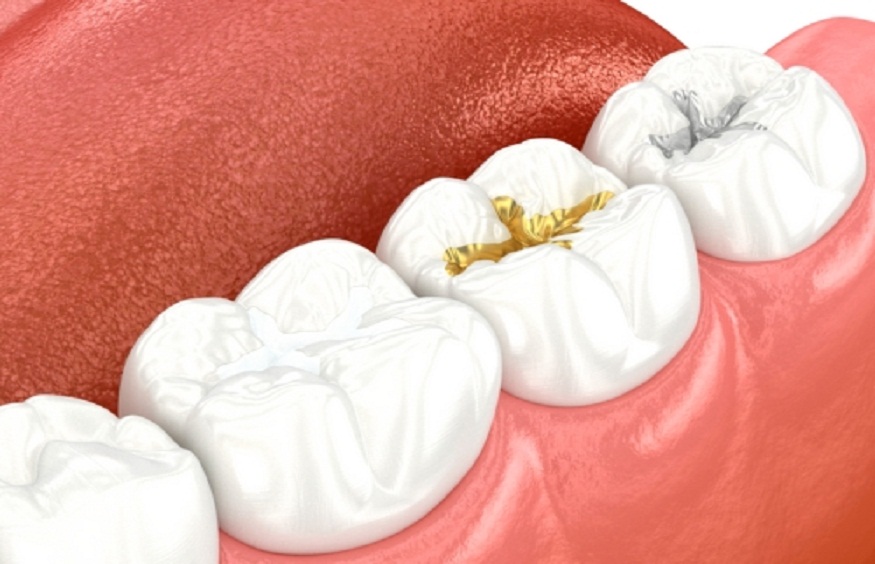Dental fillings play a vital role in maintaining oral health. They help restore the function and shape of decayed or damaged teeth. Dentists use various materials for fillings, including metal, composite, and ceramic. One popular option is the New York Zirconia restoration. This material is known for its strength and natural look. Understanding these options can help make informed decisions about dental care.
Types of Dental Fillings
There are several common types of dental fillings. Each option has its pros and cons. Choosing the right one depends on your needs and the dentist’s recommendation.
- Metal Fillings: Durable, often made from silver or gold, but can stand out due to their color.
- Composite Fillings: Made from a resin that matches tooth color. They blend well but may not last as long as metal.
- Ceramic Fillings: These are also tooth-colored and resist staining. They can be more expensive than other types.
- Zirconia Fillings: Known for their durability and natural appearance. Often used in restorations.
Choosing the Right Filling
Several factors influence the choice of filling material. These include the location of the decay, the patient’s dental history, and cost considerations. It’s essential to have a detailed discussion with your dentist to choose the best option.
| Filling Type | Durability | Appearance | Cost |
| Metal | High | Noticeable | Moderate |
| Composite | Moderate | Natural | Moderate |
| Ceramic | High | Natural | High |
| Zirconia | Very High | Very Natural | High |
The Filling Procedure
The procedure for getting a dental filling is straightforward. It usually involves these steps:
- Local anesthesia is applied to numb the area.
- The decayed part of the tooth is removed.
- The dentist cleans the cavity to prevent bacteria buildup.
- The filling material is applied in layers.
- The filling is shaped and polished to match the tooth’s contour.
Most filling procedures are quick and can be completed in one visit. Discuss any concerns with your dentist before the procedure.
Aftercare for Dental Fillings
Proper care after getting a filling can extend its lifespan. Here are some key points:
- Avoid hard foods for at least 24 hours to allow the filling to set properly.
- Maintain good oral hygiene by brushing twice a day and flossing daily.
- Attend regular dental checkups to monitor the condition of the filling.
For more detailed guidelines on dental care, visit the National Institute of Dental and Craniofacial Research.
When to Contact Your Dentist
While fillings are durable, they are not permanent. Contact your dentist if you notice any of the following:
- Pain when biting or chewing
- Visible cracks or chips in the filling
- Increased sensitivity to hot or cold
Addressing these issues early can prevent further damage and ensure that your dental health remains optimal.
Dental fillings are a vital part of oral health care. By understanding the different types and proper aftercare, you can make informed decisions to maintain a healthy smile.

